How Human Brain Stores Memories Through Various Cycles
Jul 08, 2019 • 60 views
From the time we are born, our minds are barraged by an enormous measure of data about ourselves and our general surroundings. Anyway, how would we clutch all that we've learned and experienced? Memories
People hold various kinds of memories since various periods of time. Short-term memories last seconds to hours, while long term memories keep going for a considerable length of time. We likewise have a working memory, which gives us a chance to keep something in our psyches temporarily by rehashing it Whenever you say a phone number to yourself over and over to remember it ,you're utilizing your working memory.
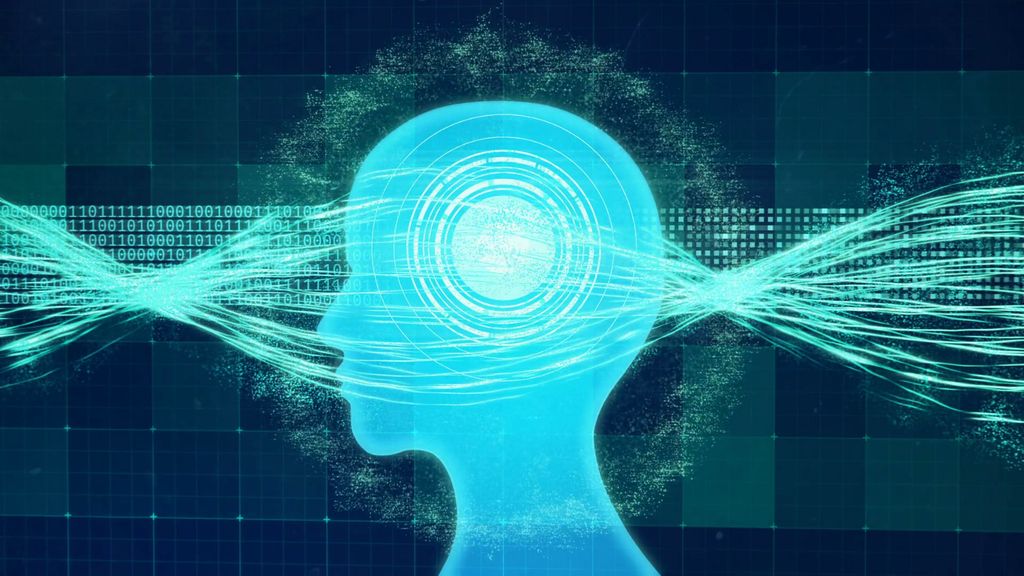
Another approach to classify memories is by the subject of the memory itself, and whether you are deliberately mindful of it. Decisive memory, additionally called unequivocal memory, comprises of the sorts of memories you experience intentionally. A portion of these memories are realities or "basic information": things like the capital of Portugal (Lisbon), or the quantity of cards in a standard deck of playing a game of cards (52). Others comprise of past occasions you've encountered, for example, a youth birthday.
Nondeclarative memory, additionally called understood memory, unwittingly develops. These incorporate procedural memories, which your body uses to recall the aptitudes you've already learned. Do you play an instrument or ride a bike? Those are your procedural recollections at work. Nondeclarative memories likewise can shape your body's careless reactions, such as salivating at seeing your favourite food or worrying when you see something you dread.
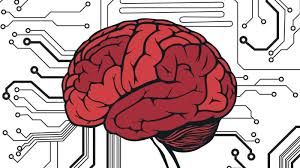
By and large, explanatory memories are simpler to frame than nondeclarative memories. It requires less time to remember a nation's capital than it does to figure out how to play the violin. Be that as it may, nondeclarative recollections stick around more effectively. When you've figured out how to ride a bike, you're not prone to forget it easily.
There are two primary types of amnesia. The main, retrograde amnesia happens where you overlook things you knew before the cerebrum injury. Anterograde amnesia is when mind injury abridges or stops somebody's capacity to shape new memories.
The most well-known contextual analysis of anterograde amnesia is Henry Molaison, who in 1953 had portions of his mind evacuated as a last-jettison treatment for serious seizures. While Molaison—referred to when he was alive as H.M.— recollected a lot of his adolescence, he was not able structure new decisive recollections. Individuals who worked with him for quite a long time needed to re-present themselves with each visit.
By considering individuals, for example, H.M., just as creatures with various sorts of mind harm, researchers can follow where and how various types of recollections structure in the cerebrum. It appears that present moment and long-haul memories don't shape in the very same manner, nor do revelatory and procedural memories.
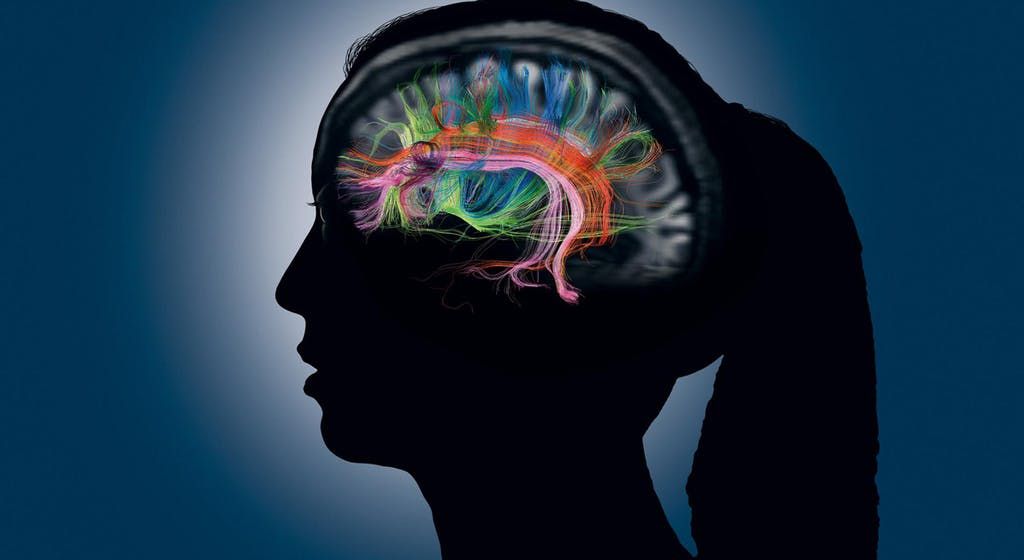
There's no place inside the cerebrum that holds the all of your memories; various parts of the mind store various types of memories, and various procedures might be at play for each. For example, enthusiastic reactions, for example, dread live in a mind area called the amygdala. Memories of the abilities you've already learned are related with an alternate part in the brain called the striatum. A part called the hippocampus is significant for shaping, holding, and reviewing revelatory memories. The transient projections, the cerebrum areas that H.M. was in part missing, assume a significant job in framing and reviewing memories.
How memories are framed, put away, and reviewed
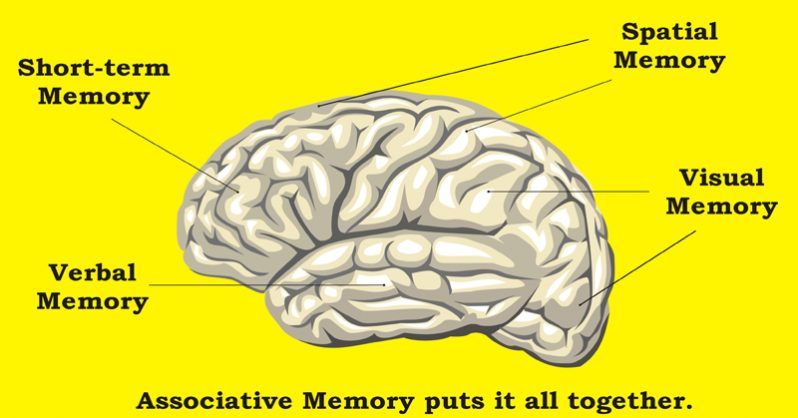
Since the 1940s researchers have construed that recollections are held inside gatherings of neurons, or nerve cells, called cell congregations. Those interconnected cells fire as a gathering in light of a particular upgrade, regardless of whether it's your companion's face or the smell of newly prepared bread. The more the neurons fire together, the more the cells' interconnections fortify. That way, when a future upgrade triggers the cells, almost certainly, the entire get together flames. The nerves' aggregate movement deciphers what we experience as a memory. Researchers are as yet working through the subtleties of how it functions.
For a momentary memory to turn into a long haul memory, it must be fortified for long haul stockpiling, a procedure called memory solidification. Union is thought to occur by a few procedures. One, called long haul potentiation, comprises of individual nerves adjusting themselves to develop and converse with their neighboring nerves in an unexpected way. That renovating changes the nerves' associations in the long haul, which settles the memory. All creatures that have long haul recollections utilize this equivalent fundamental cell apparatus; researchers worked out the subtleties of long haul potentiation by contemplating California ocean slugs. In any case, not all long haul recollections essentially need to begin as transient recollections.
As we review a memory, numerous pieces of our mind quickly converse with one another, incorporating locales in the cerebrum's cortex that do abnormal state data preparing, districts that handle our faculties' crude sources of info, and an area considered the average transient flap that appears to help facilitate the procedure. One late examination found that exactly when patients reviewed recently shaped recollections, swells of nerve action in the average fleeting flap adjusted with swells in the cerebrum's cortex.
Numerous puzzles of memory remain. How accurately are recollections encoded inside gatherings of neurons? How broadly appropriated in the cerebrum are the cells that encode a given memory? How does our mind movement relate to how we experience recollections? These dynamic territories of research may one day give new knowledge into mind capacity and how to treat memory-related conditions.
For example, late work has shown that a few recollections must be "reconsolidated" each time they're reviewed. Assuming this is the case, the demonstration of recollecting something makes that memory briefly pliant—giving it a chance to be fortified, debilitated, or generally modified. Recollections might be all the more effectively focused by prescriptions during reconsolidation, which could help treat conditions, for example, post-horrible pressure issue, or PTSD.
The human cerebrum was once viewed as a solitary organ with explicit zones allocated for various errands. Presently, with the ongoing examination and contextual analyses, it has been reasoned that the human cerebrum is, truth be told, a standout amongst the most unpredictable organs of the body. The memory that was once viewed as like a heap of organizers kept in a solitary spot is currently ascribed to work in a wide range of parts of the mind. The mind is an enormous neural supercomputer that has neurons, terminating data and errands away to one another from one corner to the next.
There are three noteworthy methods for handling the memory, which incorporate encoding, stockpiling and recovery.
Encoding the memory is the point at which any occasion, individual, item or boosts are detected to be significant. For example, you are at a gathering, and you meet somebody and you need to recollect their name. Such little synthetic, visual, sound-related and movement based improvements initially get changed over into an electrical message that can be moved from the neurons. This procedure is known as encoding.
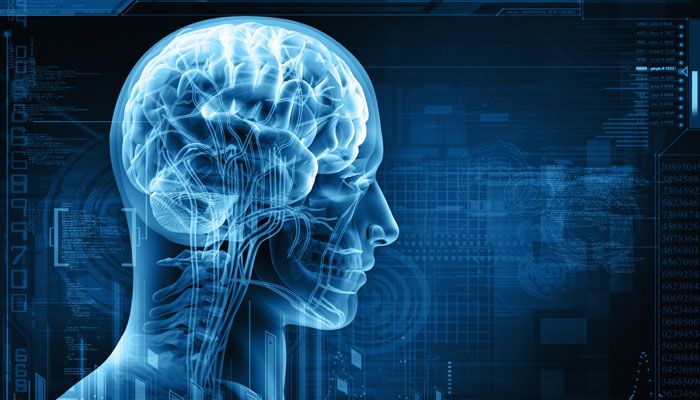
The second phase of memory recording is capacity. In this stage, a similar memory is put away or kept in the cerebrum to be utilized in due time.
The third stage is the recovery arrange. This is the procedure by which the memory that was once encoded and put away is reviewed for use. For example, when you meet a similar individual whom you met at the gathering a couple of days back, you will immediately perceive his face because of your visual memory, his voice through your sound-related complex and his name from your discourse focus and so forth.
Our prefrontal cortex isn't the focal point of all the memory; rather what we do, what we state, what we hear and what we see are put away in various bundles in various zones of our cerebrum.
That is the reason individuals with traumatic cerebrum damage in a specific part of the brain lose some portion of their memory, however they can in any case identify some activities, it is likewise why individuals have various ways to deal with learning and studies. Some study visually by observing and drawing out things while others are listeners and are increasingly active students so they adapt easily.
Have a question??You canfollow me on Instagram(@tanzilmahmood)and ask your questions in a direct message on Instagram too.
